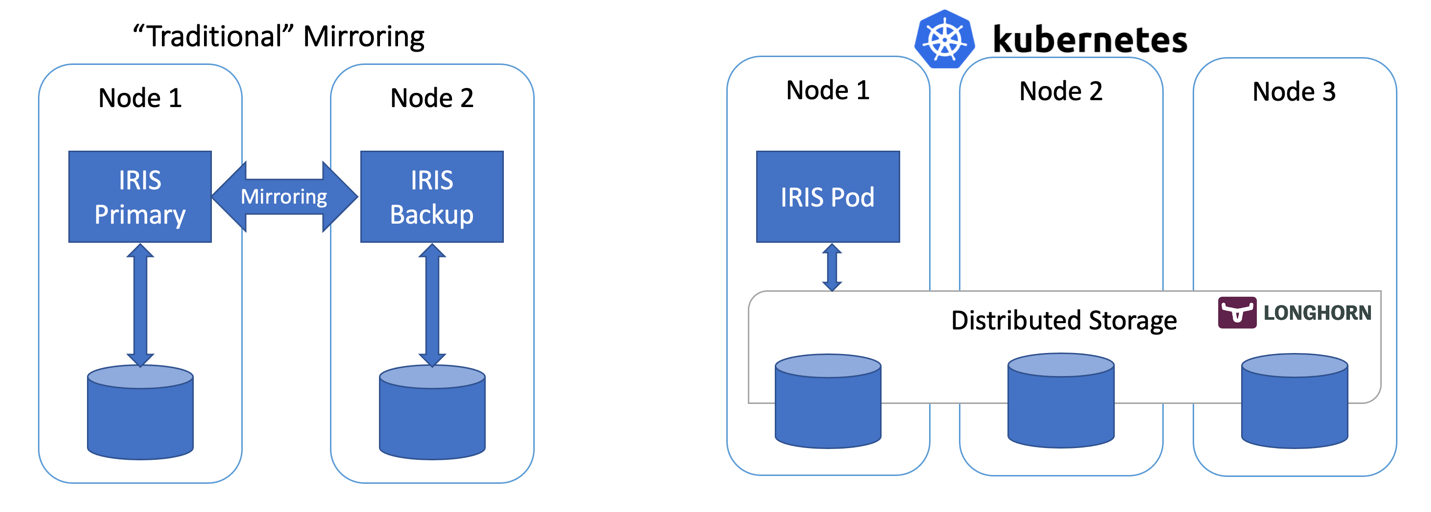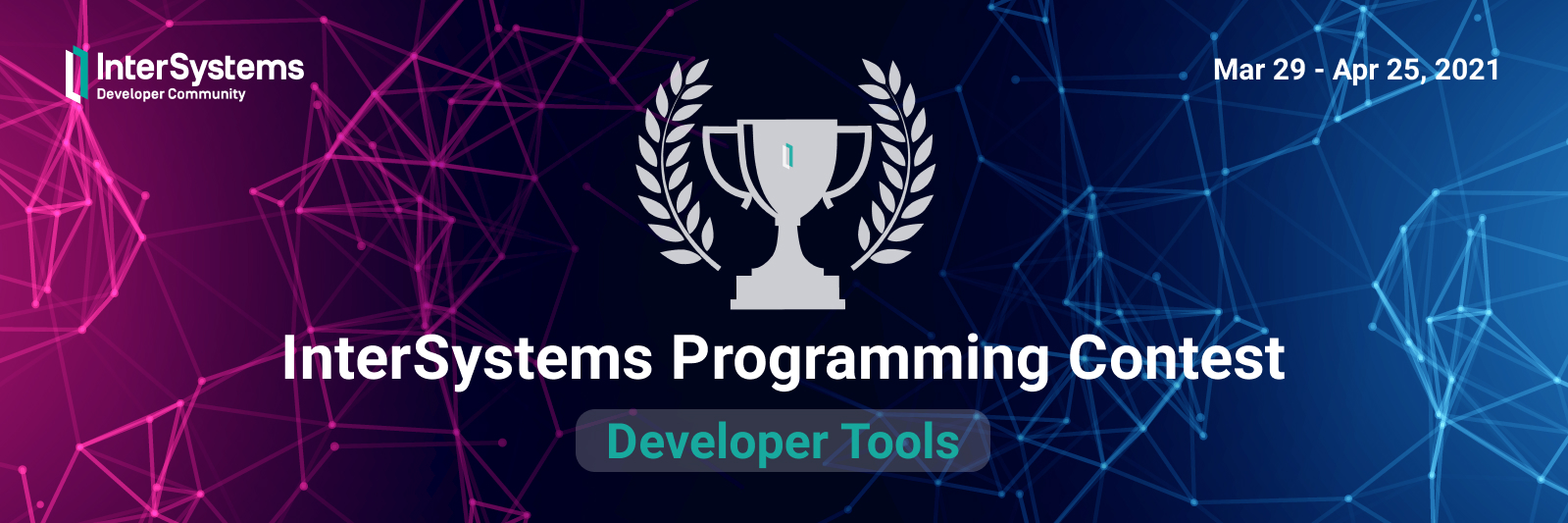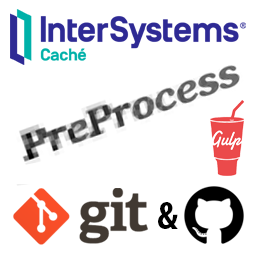Hi !
I am getting below error in my .NET MVC project, I am IRIS Entity Framwork, in the database table filed and model having the same datatype int.
The specified cast from a materialized 'System.Int64' type to the 'System.Int32' type is not valid db Table creation Id field is created with [xDBC Type = BIGINT]
Please kindly advice me.
Thank you




.png)

